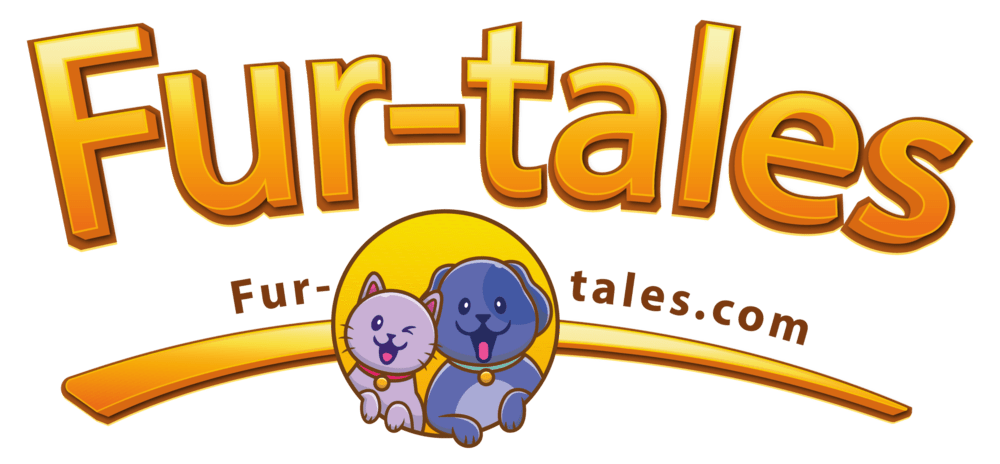
What Do These 7 Cat Sounds Mean?
Cats are fascinating and complex creatures, often communicating in subtle and not-so-subtle ways. While their body language says a lot, the sounds they make provide a deeper glimpse into their emotions, desires, and even health. As a cat parent, understanding these vocalizations can strengthen your bond with your feline friend and help you meet their needs better. Let’s explore the meaning behind seven common cat sounds and decode what your cat is trying to tell you.
Why Understanding Cat Sounds Matters
Cats may seem mysterious, but they are very expressive animals. Unlike dogs, cats use vocalizations primarily to communicate with humans rather than with other cats. Knowing what their sounds mean can help you recognize when they are happy, upset, scared, or in need of something.
- Meowing
Meowing is the most common sound cats make to communicate with humans. Interestingly, adult cats rarely meow at each other. This behavior is mostly reserved for interacting with people.
What It Means:
- Greeting: A short, pleasant meow often means your cat is saying hello.
- Demanding Attention: Persistent meows can indicate they want food, petting, or playtime.
- Discomfort or Illness: Loud or excessive meowing might signal pain, stress, or health issues.
- Loneliness: Cats may meow more when they are left alone for extended periods.
Human Touch:
Respond to your cat’s meows with attention and care, but avoid reinforcing negative behaviors like incessant meowing for food.
- Purring
Purring is one of the most endearing sounds cats make. It is often associated with contentment, but it can also serve other purposes.
What It Means:
- Contentment and Relaxation: Soft, rhythmic purring usually indicates happiness.
- Healing and Comfort: Cats may purr when they are sick, injured, or stressed to self-soothe.
- Seeking Affection: Cats may purr while snuggling to express love and bond with you.
Human Touch:
If your cat purrs while being petted, it’s a sign they trust and enjoy your company. However, monitor for signs of distress if purring occurs during illness.
- Chirping
Chirping is a short, high-pitched sound that often sounds like a cross between a meow and a bird call.
What It Means:
- Excitement or Frustration: Cats may chirp when watching birds or prey they can’t reach.
- Communication with Kittens: Mother cats often use chirps to encourage kittens to follow them.
- Inviting Interaction: Cats may chirp to grab your attention and invite you to look at something interesting.
Human Touch:
Chirping usually reflects positive emotions and curiosity. Engage your cat in play when they chirp at you to strengthen your bond.
- Trilling
Trilling is a unique sound that’s somewhere between a meow and a purr. It’s often softer and more melodic.
What It Means:
- Friendly Greeting: Cats trill to say hello or acknowledge your presence.
- Requesting Attention: Trilling can also indicate your cat wants to be noticed or followed.
- Contentment: Cats often trill when they are in a good mood.
Human Touch:
Trilling is usually a sign of affection and friendliness. Respond with gentle words or petting to encourage positive interactions.
- Growling and Hissing
Growling and hissing are defensive sounds that clearly signal displeasure or fear.
What It Means:
- Fear or Threat Perception: Cats growl or hiss when they feel threatened or cornered.
- Warning: These sounds warn other animals or people to back off.
- Pain or Discomfort: If your cat suddenly starts growling or hissing, they might be in pain.
Human Touch:
Respect your cat’s boundaries if they growl or hiss. Give them space and avoid trying to calm them down physically until they are ready.
- Yowling and Howling
Yowling and howling are loud, drawn-out sounds that are typically more intense than regular meowing.
What It Means:
- Mating Behavior: Unspayed or unneutered cats may yowl during mating season.
- Territorial Disputes: Cats may yowl to mark their territory or warn off intruders.
- Loneliness or Confusion: Elderly cats may yowl due to cognitive dysfunction or disorientation.
- Health Issues: Persistent yowling can indicate pain or medical problems.
Human Touch:
If your cat yowls excessively, consult a vet to rule out health issues. Spaying or neutering can also reduce mating-related yowling.
- Caterwauling
Caterwauling is a shrill, wailing sound that is often quite alarming.
What It Means:
- Mating Calls: Like yowling, caterwauling is common in cats seeking mates.
- Distress or Discomfort: Cats may caterwaul when they are in pain or highly anxious.
- Territorial Behavior: Cats may make this sound to warn rivals or express frustration.
Human Touch:
Caterwauling warrants attention. It often signals serious emotional or physical distress. If it persists, seek veterinary advice.
Listening to Your Cat Strengthens Your Bond
Cats are communicative creatures, and paying attention to their sounds helps you better understand and care for them. While some sounds are easygoing and affectionate, others can signal problems that require immediate attention. By staying attuned to your cat’s vocalizations, you can respond appropriately and ensure their happiness and well-being.
FAQs About Cat Sounds
Q: Why does my cat meow so much at night? A: Nighttime meowing can result from boredom, hunger, or loneliness. Provide stimulating toys and ensure they are comfortable before bedtime.
Q: Is purring always a sign of happiness? A: No. While often linked to contentment, cats also purr when stressed, sick, or in pain to self-soothe.
Q: Should I worry if my cat hisses or growls? A: Occasional growling or hissing is normal, but frequent occurrences may indicate stress, fear, or health issues.
Q: Can I train my cat not to yowl? A: You can minimize excessive yowling by addressing underlying issues, such as hunger, mating behavior, or anxiety. Training and environmental enrichment can also help.
Q: What’s the difference between trilling and chirping? A: Trilling is usually a friendly greeting directed at humans or other cats, while chirping often reflects excitement or predatory behavior.
Image Designed Using Canva
